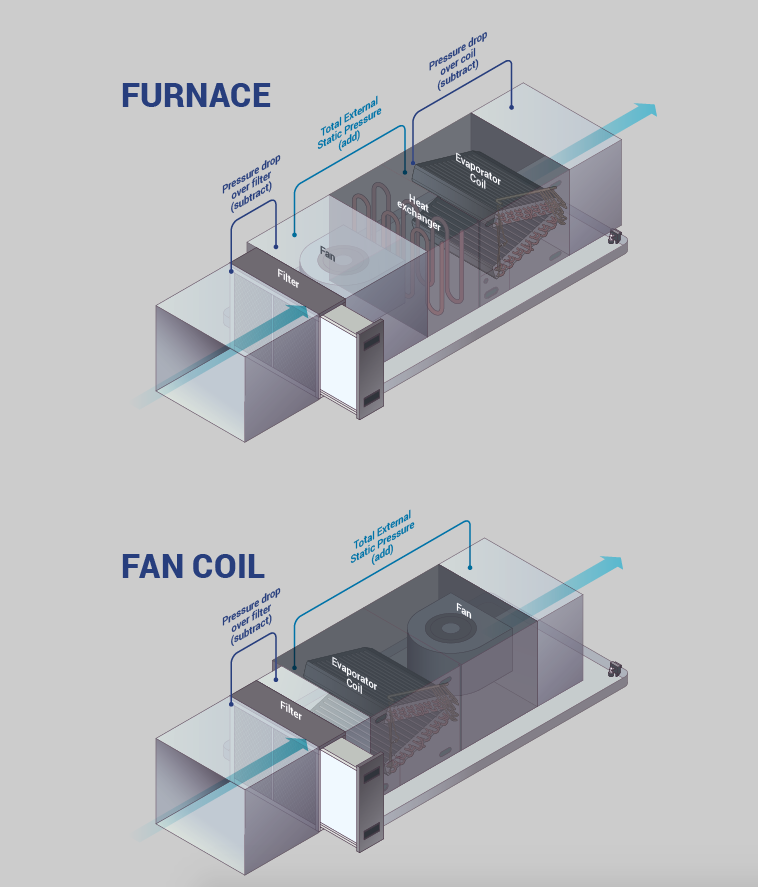Get Tech Tips
Subscribe to free tech tips.
Air Filter Static Pressure Drop
I'm a big dummy when it comes to my own air conditioning maintenance. I talk about the importance of changing air filters to customers and techs, but I never stay up on replacing my own.
Yesterday, I walked into my mechanical room, and my 2-ton air handler sounded like a vacuum cleaner about to implode.
My filter was nasty—nasty to the point that I wasn't willing to leave the filter in. So, I pulled it out and thought to myself, “I'll just grab a filter from the office tomorrow.” Well, I forgot, and I live 35 minutes from my office.
So, today, I grab a filter from my nearby hardware store—a common brand—and pull it out of the plastic wrap to install it. Sure, it was a MERV 11, but that was the only option other than the cheap, spun fiberglass “bug catcher” (or “boulder catcher”).
I know what you're thinking, I should have known better.
I've got to give it to this filter manufacturer for actually printing the static pressure drop on the filter (shown above).
My system is set up for 350 CFM per ton, so it's required to run at right around 700 CFM. On my system, this filter will add 0.26″wc of extra static to the return side of the blower.
With most systems being rated at 0.5″wc TESP (total external static pressure), that filter makes up more than half of that number. And that's before we factor in any ductwork, grilles, registers, balancing dampers, or coils, in the case of furnace systems.

On a PSC blower motor, this extra static from this filter would result in lower airflow, poor system performance, and poor air distribution. With an ECM motor, this extra static can result in higher power consumption from the blower motor, condensate drainage issues, and difficulty maintaining the trap. Rick Streacker taught a class all about the effects of static pressure on motors at the 3rd Annual HVACR Training Symposium, and you can watch that class HERE.
While some systems may be able to deal with the extra static at a cost, many will have issues, ESPECIALLY on older systems with PSC motors and furnaces with coils.
This is why larger filter cabinets with lower pressure drop filters often make sense. In some cases, we can even use oversized filter back return grilles.
When choosing a filter, remember that airflow (pressure drop) is just as important to consider as filtration (MERV rating). You can learn how to measure the air filter static pressure drop by watching THIS video. Also, just because a filter fits with a system, that doesn't mean it's the best filter for the system.
—Bryan
P.S. – If you want to learn more about the basics of static pressure and how to measure it, I recommend watching THIS CLASS I taught a while ago.












Comments
To leave a comment, you need to log in.
Log In